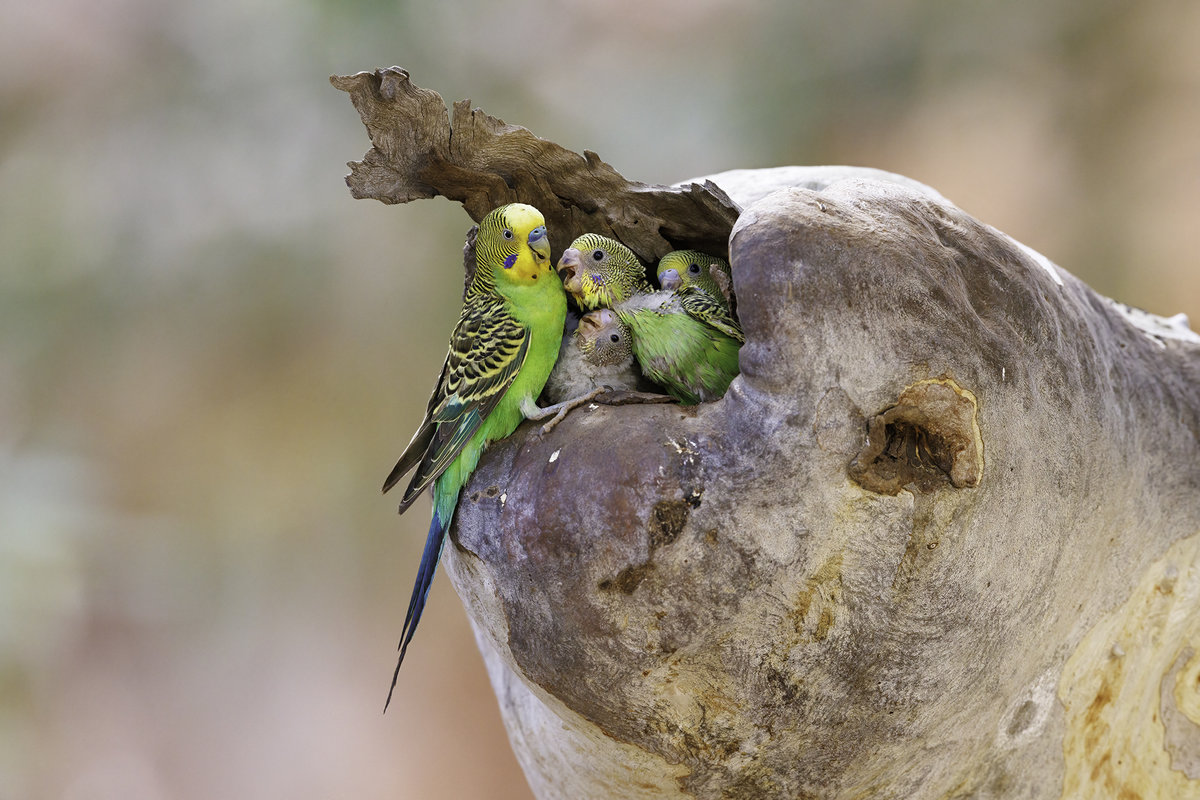The Budgerigar Council of South Australia is pleased to share its guide for budgies as pets, also known by the names budgerigars as well as parakeets. Pet owners from all over the world are in love with these tiny, chirpy buds. Ranking just behind the ever-popular pet and cat, budgies are known for being loving and smart, as well as quite talkative.
It is important to first comprehend the needs and temperament of this beautiful bird. This guide will equip you with all the information that you require to ensure an enjoyable and healthy lifestyle for both you and your feathered friend.
A Tiny Social Butterfly
Budgies thrive on companionship. In nature, they are in large flocks, constantly talking and chirping with each their fellow. Although one bird can develop a strong bond with their human keeper if given plenty of attention and care, they would prefer an animal companion. If you can’t manage two birds, make sure you spend a substantial amount of time interacting with your solo budgie to prevent loneliness.
Chatterboxes which are a Flair to Imitate
The ability of pets to mimic sounds is what makes them so adorable. Budgies can learn words and phrases with patience and training. This is a great aspect of entertainment to the chirps, whistles, and squeaks they produce. The vocabulary of budgies may differ. Certain budgies become chatterboxes while others prefer to whistle. Their energetic vocalizations will put happiness to your face, regardless of how good they can talk.
Rainbow on Wings
Budgie birds are available with a wide range of colors, from the classic mild blue and yellow combo to more lively shades of violet, green and white. Breeders have created many mutations. There’s a good chance you’ll find a bird that suits your character. Color variation can be a sign of the sex and age of birds, so they are an excellent way to start conversations.
How to live large in a tiny space
Even though budgies might be tiny, they require plenty of space to explore, fly, and climb. The minimum size for cages is 20 inches in length and 12 inches deep, and 18 inch high. But bigger is better! To keep your budgie interested give them perches of different heights or textures. Change their toys regularly to prevent boredom. The cage shouldn’t be placed in direct sun.
A diet that is approved by Budgies
A balanced budgie diet is based upon a pelleted diet of top quality, specifically designed to cater for small parrots. This provides them with the essential nutrients they require to live a healthy life. Fresh fruits and vegetables like chopped carrots (seeds removed) and leafy greens, or apples are a great addition to the pellet diet. Cuttlebones are crucial for maintaining their beaks and supplying them with minerals. Always ensure that they are able to access fresh, clean water.
Building a bond with your feathered friend
The art of taming a budgie requires patience and gentle strokes. Slowly approach the cage, and then talk to your pet. Offer treats like millet spray through the bars of the cage to increase confidence. Once your pet is comfortable in your presence then you can enter the cage to let him perch on your finger. Be patient, but not overly aggressive. It could take a couple of weeks or days.
A Lifelong Dedication
In accordance with how they are taken care of, budgies could live between 10 and 12 years. Take a look at your life style and commitment to the long-term prior to bringing one into your home. Are you able to provide them with regular interaction and a healthy, clean space? If so, a pet can be a rewarding and enriching pet, filling your life with chirps, playful antics or maybe the occasional human conversation (or two). Click here for Budgie Bird
The Budgerigar Council of South Australia encourages responsible animal ownership. If you have concerns or questions about taking care of your pet, don’t hesitate to consult an expert veterinarian who can provide advice.
